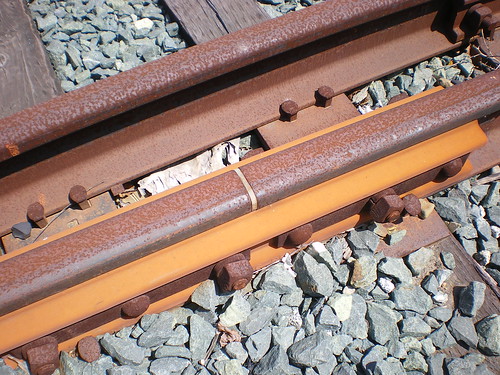by farecard
I have a basic rr signaling question, but since it's about Metro.... I'll ask here.
a) The track is split into blocks, isolated from ground [and each other] than each block is paralleled and returned to the substation via the WeeZ bond.
b) WMATA uses welded rail.
There's a contradiction there.
Is the welded rail split and insulated from the next section at each block boundry? If not, how do you delineate Block 1234 from 1235, etc?
a) The track is split into blocks, isolated from ground [and each other] than each block is paralleled and returned to the substation via the WeeZ bond.
b) WMATA uses welded rail.
There's a contradiction there.
Is the welded rail split and insulated from the next section at each block boundry? If not, how do you delineate Block 1234 from 1235, etc?

